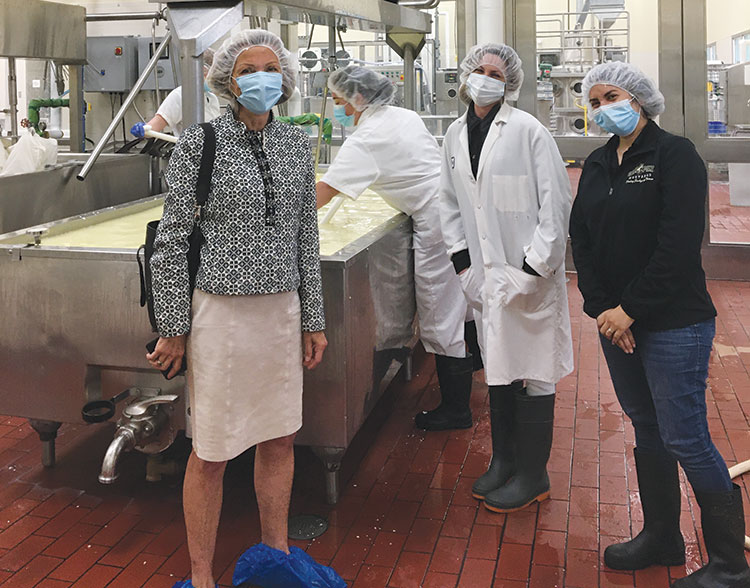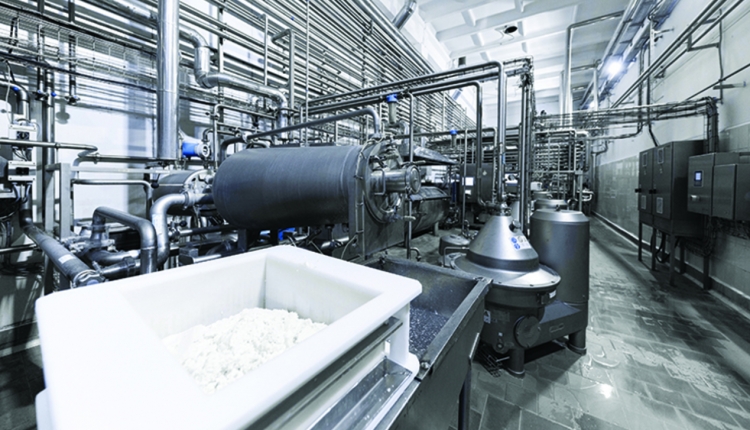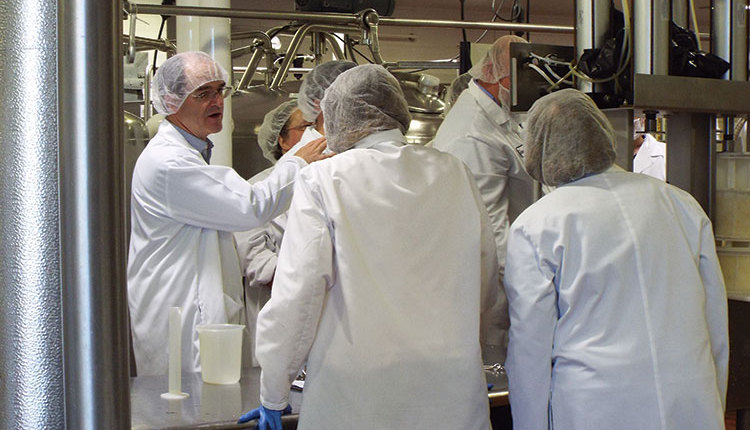
The newest of the nation’s six major dairy research centers is the California Dairy Innovation Center (CDIC). It was formed in late 2020 to stimulate innovation and support the Golden State’s top-ranked dairy sector that led the nation in milk output. Primary funding for the CDIC is provided by state dairy farmers via the California Milk Advisory Board (CMAB) and nationally through Dairy Management Inc. and National Dairy Council. Processors throughout the region also provide funding and the state’s universities contribute expertise.
Director Veronique Lagrange is originally from France, where her agricultural background started at her family’s small winery. She moved on to study nutrition and food science, and then while doing her graduate studies at the University of Wisconsin-Madison, she became even more involved in the dairy industry. Prior to becoming director at CDIC, she held technical and business development positions at the American Dairy Products Institute and the U.S. Dairy Export Council (USDEC). “Working in agriculture runs in my blood,” Lagrange said.
“The CDIC is somewhat different from some other centers because we are not a physical building or tied up in a central location,” Lagrange said. “We are a network, operating across major universities in California, collaborating with the California Dairy Research Foundation as well as other centers across the country and private research facilities,” she went on to say. “We will also build partnerships, as needed, with international research organizations, experts, and key solution providers throughout the supply chain.”
Three-pronged vision
Lagrange and the CDIC aim to achieve three primary goals.
The first is acting as a valuable resource to producers, processors, and entrepreneurs interested in innovation to fuel demand for all forms of California milk and to grow global competitiveness. Being located on the nation’s Pacific Coast with the closest access to Asia, California also is the nation’s top dairy exporting state. That being the case, bringing more ideas to market, faster and effectively, is a key goal.
The second objective is designing and implementing a research strategy focused on adding value to the California dairy product portfolio. This also involves expanding its consumer base.
A third, and equally important, metric is being an active partner in the training and development of a diversified workforce. To achieve this objective, CDIC will strengthen the educational pipeline to bring and retain talent, as well as leadership, to the dairy industry.
A new model
To bring these goals to fruition, CDIC aims to be highly collaborative and partnership-based. As a case in point, CDIC works with a steering committee comprised of producers, processors, and academic institutions to jointly establish priorities based on industry needs for both training and education along with research and applications.
“Anything we do will be centered around a business case,” said Lagrange. “It’s about the ‘size of the prize’ and how to capture that prize . . . delivering actionable solutions as opposed to just answering research questions.”
Flexible and nimble will be among the actions while CDIC builds upon its inherent strengths. To do that, CDIC will spread its research capabilities across the region.
Being in California, a center for both dairy and entrepreneurship, also has its benefits.
“We are blessed to be in a state with a large number of higher education institutions, as well as a diverse and young population,” she said. “So much innovation takes place here, and California is well-known for its entrepreneurial spirit. That culture is an inherent strength. We wish to attract more of these innovators to dairy,” said Lagrange. “The California Milk Advisory Board (CMAB) already has concurrent innovation accelerators, which have proven to be very successful tools. They will be part of CDIC’s toolbox.”
Climate-minded packaging
The CDIC is developing a comprehensive program of work relative to sustainable packaging. The traditional gallon jug is highly recyclable and of great value to recyclers. However, better understanding of how consumers recycle, and helping processors adopt materials with high post-consumer recycled content, is just the first step. The next step involves increasing post-consumer content in future packaging. That, in turn, helps reduce use of virgin plastics. This is a priority for the food industry.
EU and Oceania companies also are investing in eco-friendly packaging, and global consumers increasingly demand it. As a working example, CDIC will explore the suitability of polymer substitutes and new bioplastics for retail and food service dairy products.
In addition to recycling, the center is focusing on making dairy part of the solution. In this far-reaching goal, the CDIC research team continues to investigate the feasibility of processes to manufacture biodegradable containers and films made from dairy co-products such as whey or permeate.
“We listen to what consumers want. Our goal is to get ahead of the curve and find a range of product opportunities for the dairy industry,” Lagrange said.
The CDIC will be working with the universities throughout the CDIC network to connect on this issue. At the same time, the CMAB team is establishing relationships throughout the supply chain, including processors, packaging material suppliers, equipment, and process designers, as well as recyclers and other trade associations.
“Some companies are looking beyond the milk jug or carton and want packaging options for yogurt, cream, butter products, and dairy drinks,” she further explained. “One size will not fit all; we need a multipronged approach. Each product presents its own challenges related to shelf-life and supply-chain, and processors of various sizes face their own set of constraints.
“We already work with a number of excellent researchers and will continue widening our network to accelerate the pace of innovation,” Lagrange said with an eye on the future. “Together, working with the other dairy centers, building robust partnerships throughout our supply chains, and listening carefully to our global customers to anticipate their needs, we will effectively accelerate innovation in the dairy industry.”








